When it comes to horror icons people often think of the likes of Jason Voorhees, Michael Myers or Freddy Krueger but back in the 1930s it wasn’t a set of particular monsters who fueled the imagination of millions of moviegoers across America but two legendary actors, who themselves created two of the all-time most iconic monsters in Dracula and Frankenstein, but they were both far more than blood-sucking or neck-bolt wearing monsters so let's take a quick look at those few times these horror legends teamed up to scare audiences around the world.
The Black Cat (1943)
This brilliant pre-Code horror film pits the iconic Boris Karloff and Béla Lugosi against each other in their first screen pairing, with Karloff playing the personification of Lucifer while Lugosi a man obsessed with revenge, but not only does this film star two screen legends it's also a movie that deals with Satanism, necrophilia, torture and even incest, which were not subject matters normally seen in Hollywood movies of the time.
The Black Cat is one seriously dark piece of filmmaking, with director Edgar G. Ulmer and cinematographer John J. Mescall creating a world of creepy atmosphere and building dread, with two hapless honeymooners caught in the crossfire of an old feud between bitter enemies that threatens ritualistic rape and human sacrifice. This is a truly horrifying tale and one can't help but be appalled by Karloff's menacing Satanist, especially when he admires his hallway of preserved corpses, and then you sympathize with Lugosi's emotionally tortured psychiatrist, a man who is pushed to the brink of madness. Over the years Lugosi and Karloff teamed up in eight films but The Black Cat is easily their greatest partnership as both actors give fantastic performances in a movie that pushed the limits as to what kind of horror could be brought to the screen.
Note: We get a bit of text stating that this film was "Suggested by the book by Edgar Allen Poe" but other than both stories containing a black cat there are absolutely no similarities between this movie and what Poe had written.
The Raven (1935)
In this film, Béla Lugosi gives a bravura performance as a mad doctor whose obsession with the works of Edgar Allen Poe is twisted and turned when his fixation on a woman he saved on the operating table becomes murderous. This movie has everything you'd hope to see in a Universal Horror Picture as we get a stormy night, secret passages, hidden rooms, and a mad doctor and his disfigured servant who target a lovely damsel in distress. What's not to love?
Well, it's sad to say that Karloff got top billing over Lugosi in this outing, as well as getting twice the salary when Karloff was clearly a secondary character as the whole movie centers around Lugosi's Poe-obsessed madman. Karloff does give an excellent performance as an escaped convict that Lugosi mutilates into becoming his reluctant murder accomplice, but he doesn't even enter the movie until almost the halfway point, also, the make-up effects by legendary Jack Pierce are not particularly impressive. Overall, this is a quick and fun horror outing with Béla Lugosi's mad doctor being incredibly fun to watch, and who doesn't want a Poe-inspired torture chamber in their basement?
The Invisible Ray (1936)
In Universal's The Invisible Ray we find Karloff giving a rather understated and subdued performance as this film's villain, he's almost a tragic figure if not for the fact that even before things go wrong he was already "a bit off" but when his character finds a meteorite composed of an element known as "Radium X" his jealousy and paranoia is ramped up to eleven and the body count rises accordingly. This is the third pairing of Boris Karloff and Bela Lugosi, with Karloff in the starring role and Lugosi in a more supportive position this time out, but even in this supporting role Bela Lugosi is a master craftsman and as in The Black Cat he is playing a much more sympathetic character than what horror fans were used to seeing him play.
What makes The Invisible Ray interesting is that in 1936 the new heads of Universal were starting to steer the studio away from horror films and this entry is a perfect example of this because, while the movie opens up with a Gothic castle located up in the Carpathian mountains, the tone quickly shifts more into the realm of science fiction and the horror elements are downplayed quite a bit - Karloff's glowing hands and face are not quite as terrifying as his Monster from Frankenstein - and the overall feel of the film is more thriller/mystery with Karloff being driven mad by his exposure to "Radium X" and initiating a revenge plot against those he believes have slighted him. The end result of all this was a rather poignant tale of "mad science" and the destruction of man by his own emotional baggage. The Invisible Ray is a solid little number that illustrates just how good both Karloff and Lugosi were.
Son of Frankenstein (1939)
The plot of Son of Frankenstein is a tad contrived, not even quite fitting the events of the previous film, but it more than makes up for that failing by giving us one of Bela Lugosi’s best performances, his portrayal of the revenge-fueled Ygor being the highlight of the picture and it raised the bar for all future mad science assistants to come. We also have some nice fiery face-offs between Basil Rathbone’s mad scientist and Lionel Atwill’s indomitable police inspector to liven things up, sadly, poor Boris Karloff is the one cast member with a rather thankless role as the monster, having been relegated to a mute creature, and he seems to be nothing more than an extension of Ygor’s rage. Now, there are a couple of moments dealing with the monster and his relationship with young Peter, but the film doesn’t seem to have to explore the monster’s softer side.
Director Rowland V. Lee handled the grim mood while also providing some nice moments of dark humour that help some of the story’s nonsense go down a little easier, and cinematographer George Robinson did his best to give the film a nice dark expressionist feel to it, much like the horror entries by Fritz Lang and F. W. Murnau, and while this film pales in comparison to what James Whale provided viewers in the previous outings this is still a decent Universal Monster movie and is considered by many to be the "the last of the great Frankenstein films" before the genre descended into self-parody.
Black Friday (1940)
Modern viewers should be warned that Universal's Black Friday is not about the sales promotion that takes place the Friday after American Thanksgiving, though that is a horror story in its own right, in fact, this film was originally to be called Friday the Thirteenth but other than the flashback story beginning on that day the film really has nothing with that unlucky day, this is a brain transplant movie with Boris Karloff as a mad scientist, well, more obsessed than mad, who puts the brain of gangster inside the body of his dying friend.
This science-fiction oddity doesn't make a lot of sense, with Karloff plopping the brain of a gangster in the skull of his best friend in the hopes of both proving his surgical technique is viable while also hopefully learning where the gangster had hidden the $500 hundred thousand dollars that his gangster pals were after. And what's so crazy about all that? Well, as the movie goes along we have what can best be described as a "body sharing " movie, with Karloff's friend, a kindly English professor, somehow being both the professor and the gangster, with the two struggling for control. Now, I'm no doctor but I'm betting that a person who undergoes a brain transplant is not going to have the memories of both participants. Needless to say, things get kind of silly from there for whenever the Professor takes a nap he then wakes up with the gangster persona in control and goes on a revenge killing spree. As I said, it doesn't make much sense.
What also doesn't make sense is this film being billed as a starring vehicle for Karloff and Bela Lugosi when it's actually a film starring Stanley Ridges in the dual role of the professor and the gangster, with Karloff playing the second banana and Lugosi being relegated to third banana as one of the gangster's criminal partners. Karloff was originally intended to play the pivotal dual role but he felt he was too old to pull off the tough gangster routine and so he took the part of the mad doctor, this resulted in Lugosi, who was to have played the doctor, now being pushed down the cast list to that of supporting thug. That all said, Stanley Ridges does a fine job in the dual role and Karloff and Lugosi both give excellent performances, but the film's ludicrous premise and false marketing make this one a hard entry to recommend to fans of either Karloff or Lugosi.
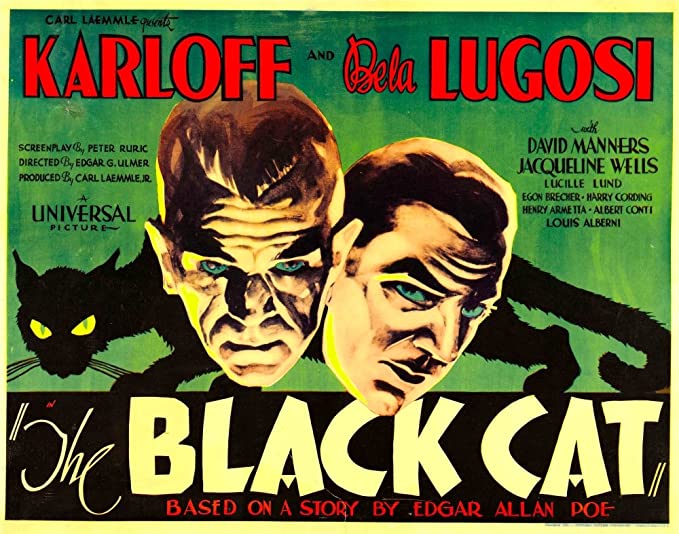
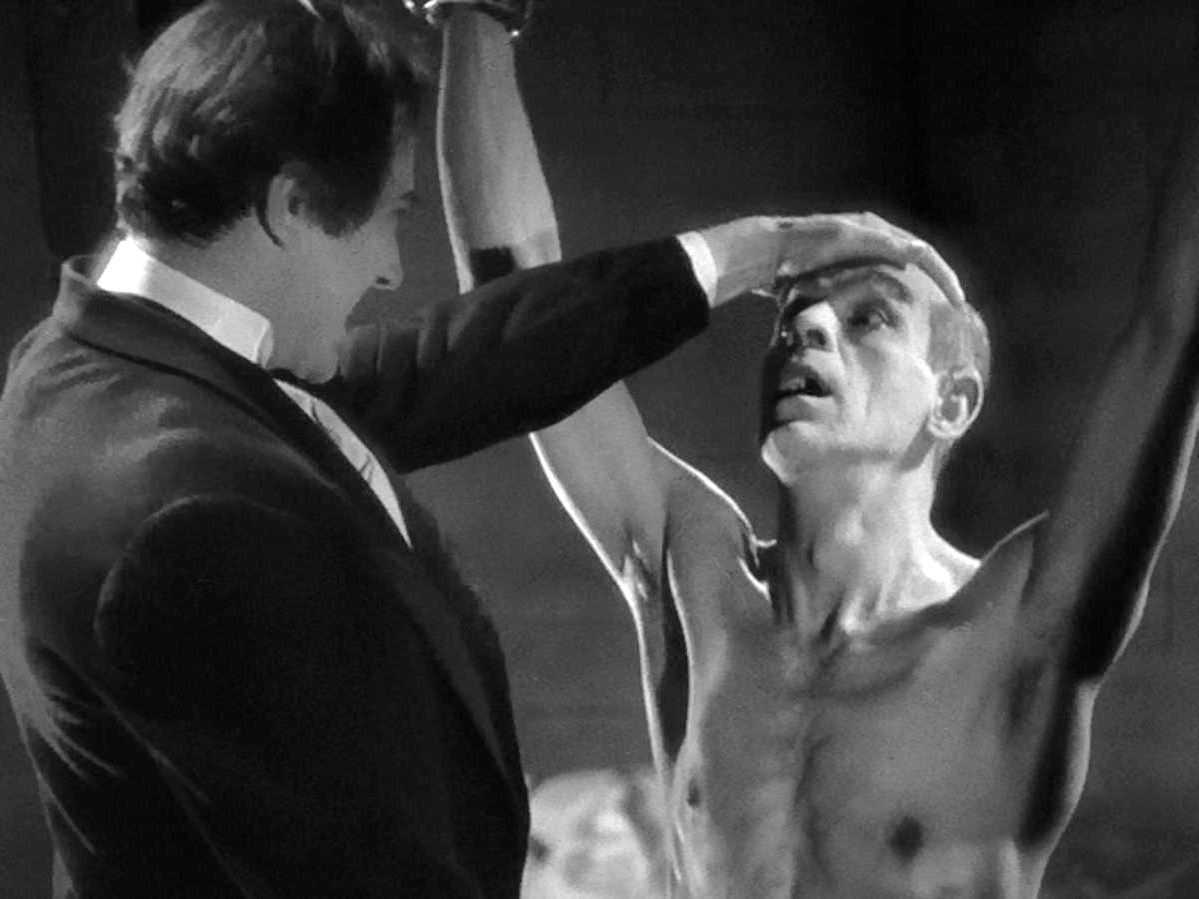
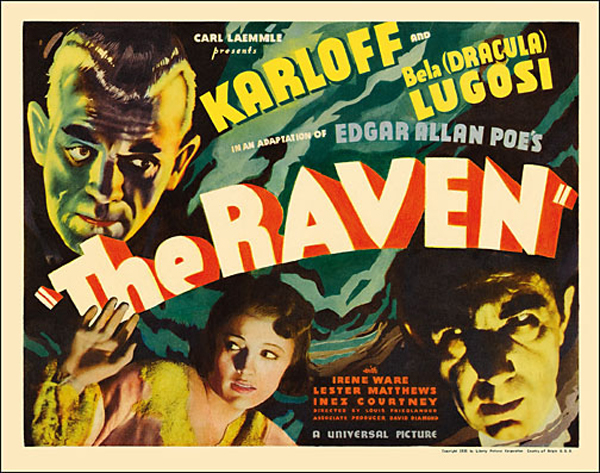

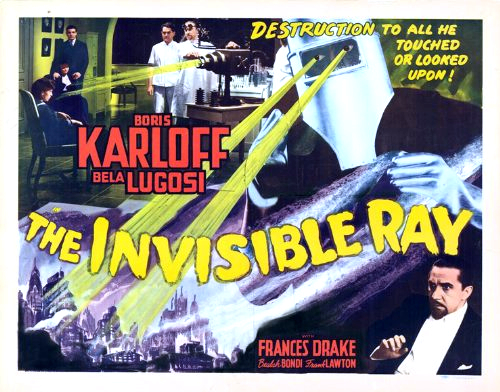
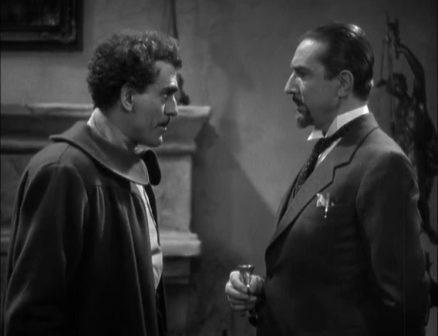
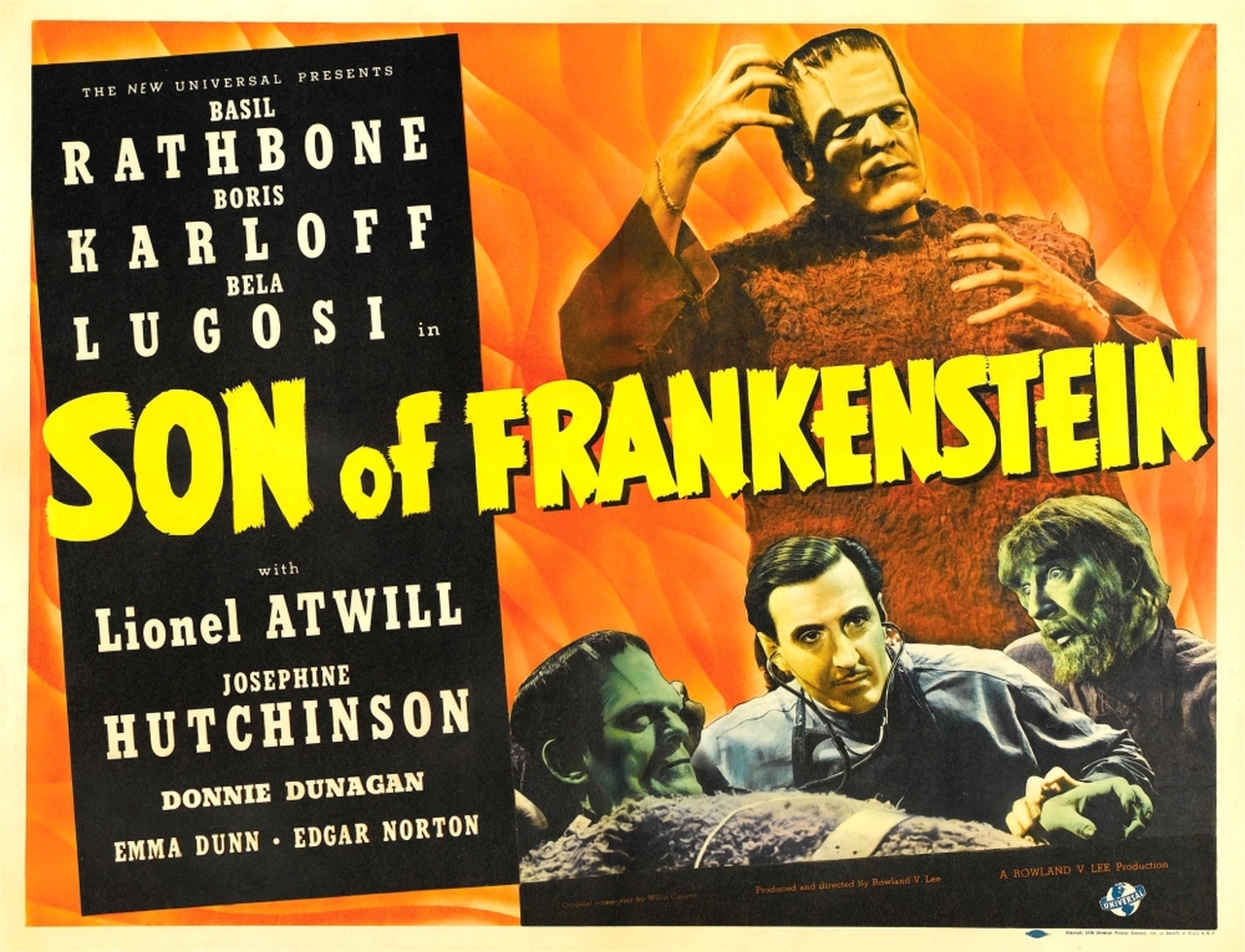
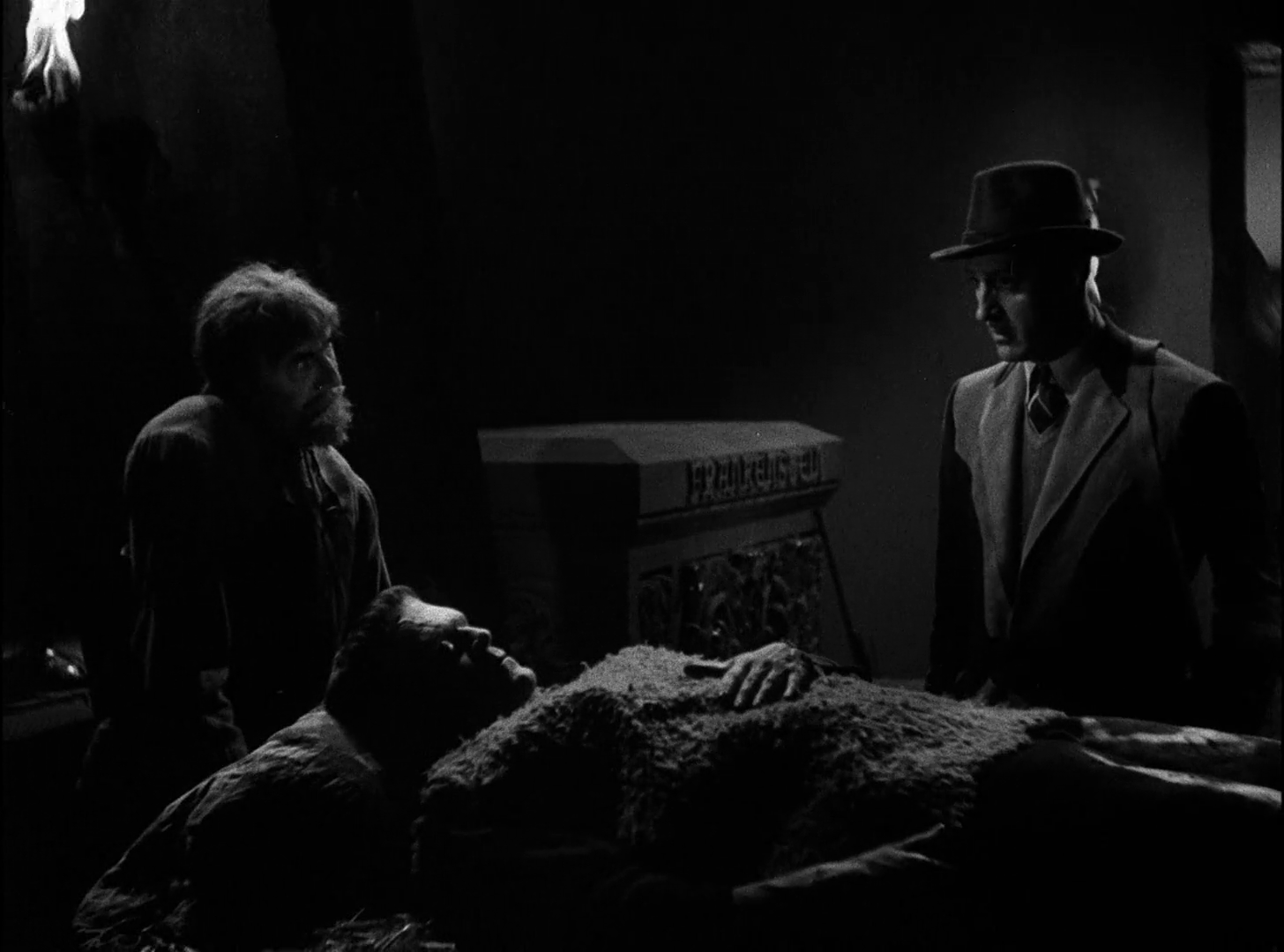

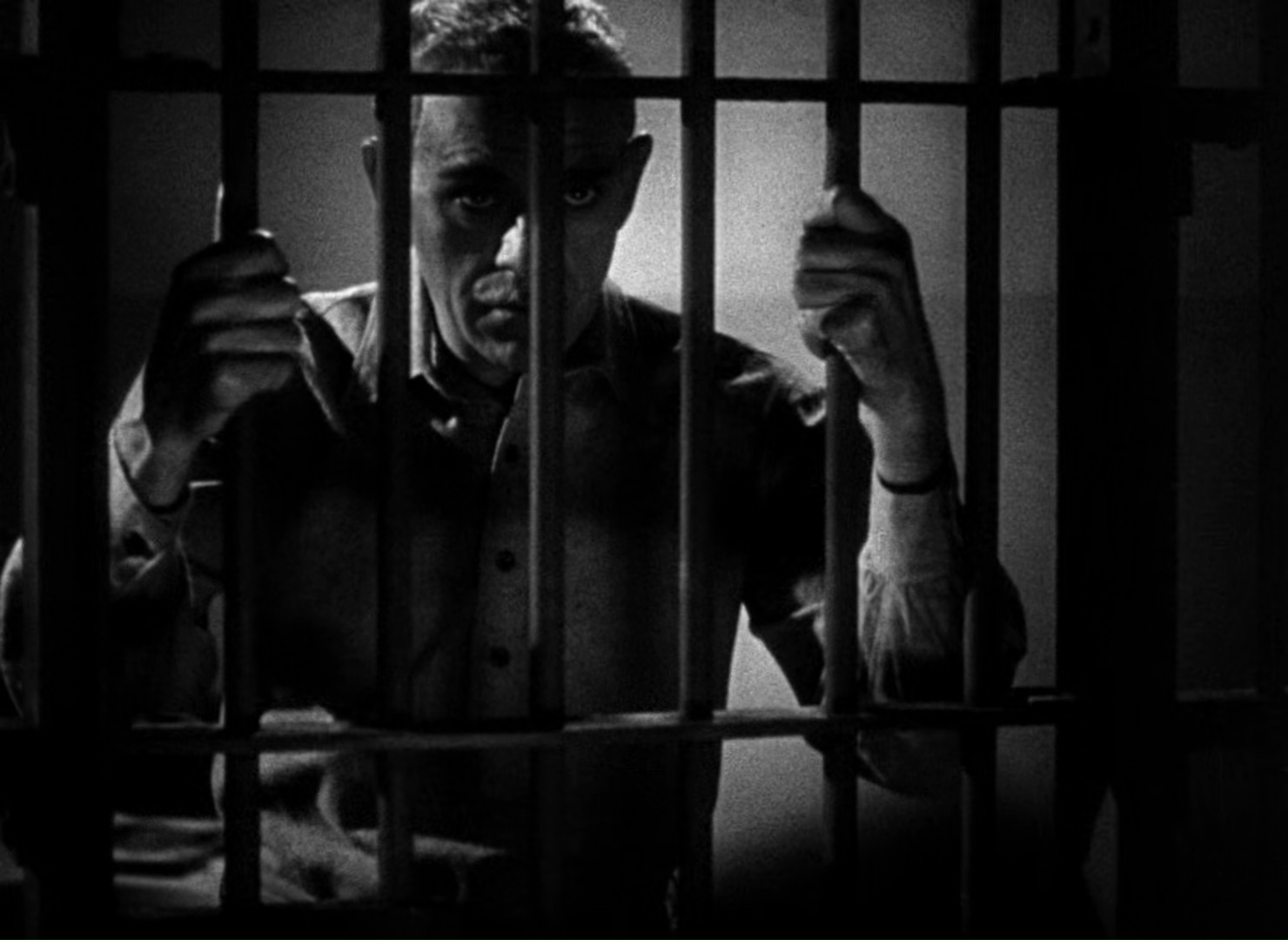
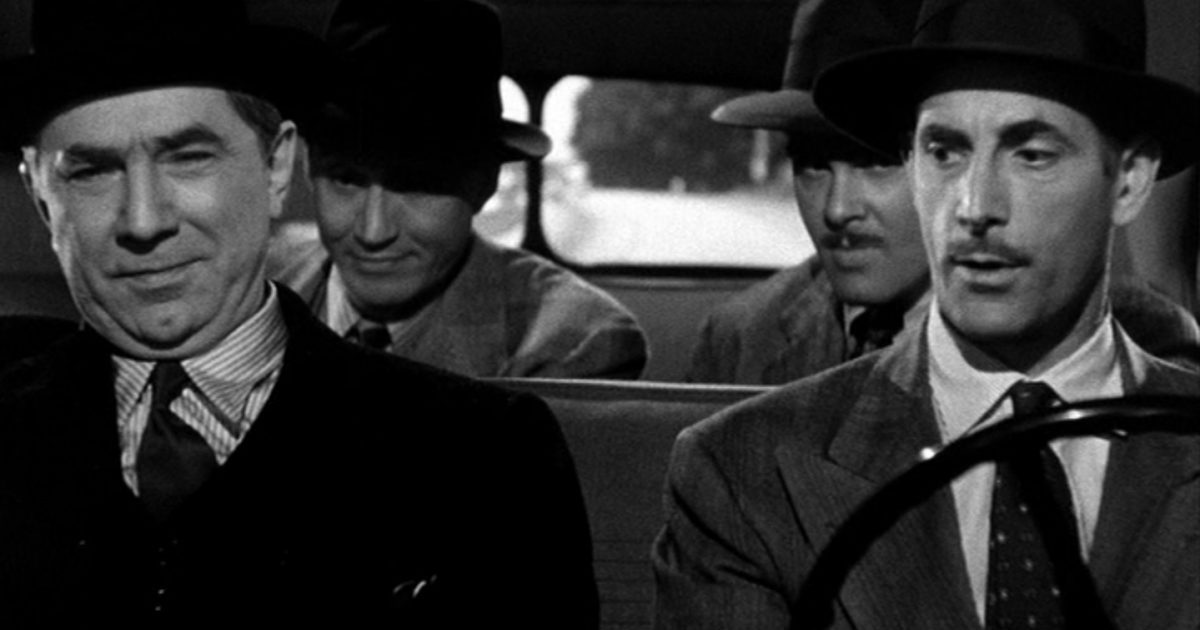

No comments:
Post a Comment